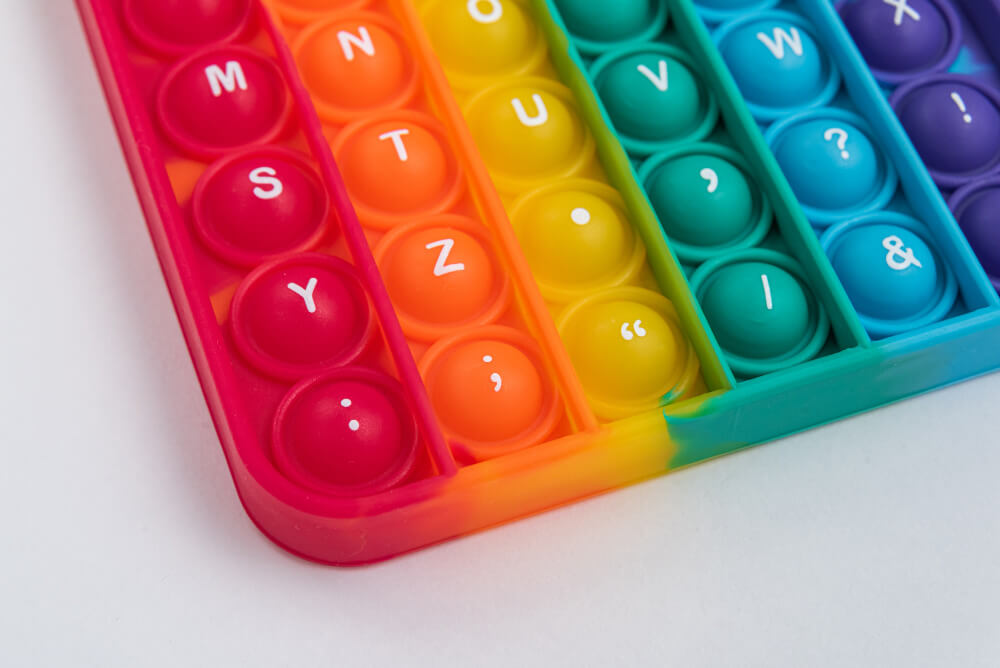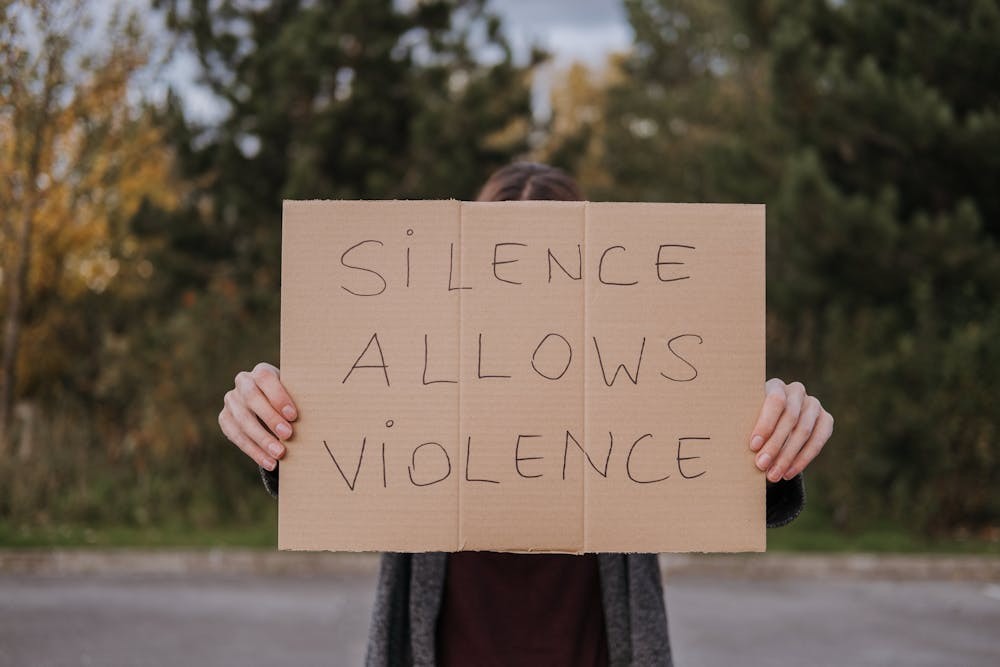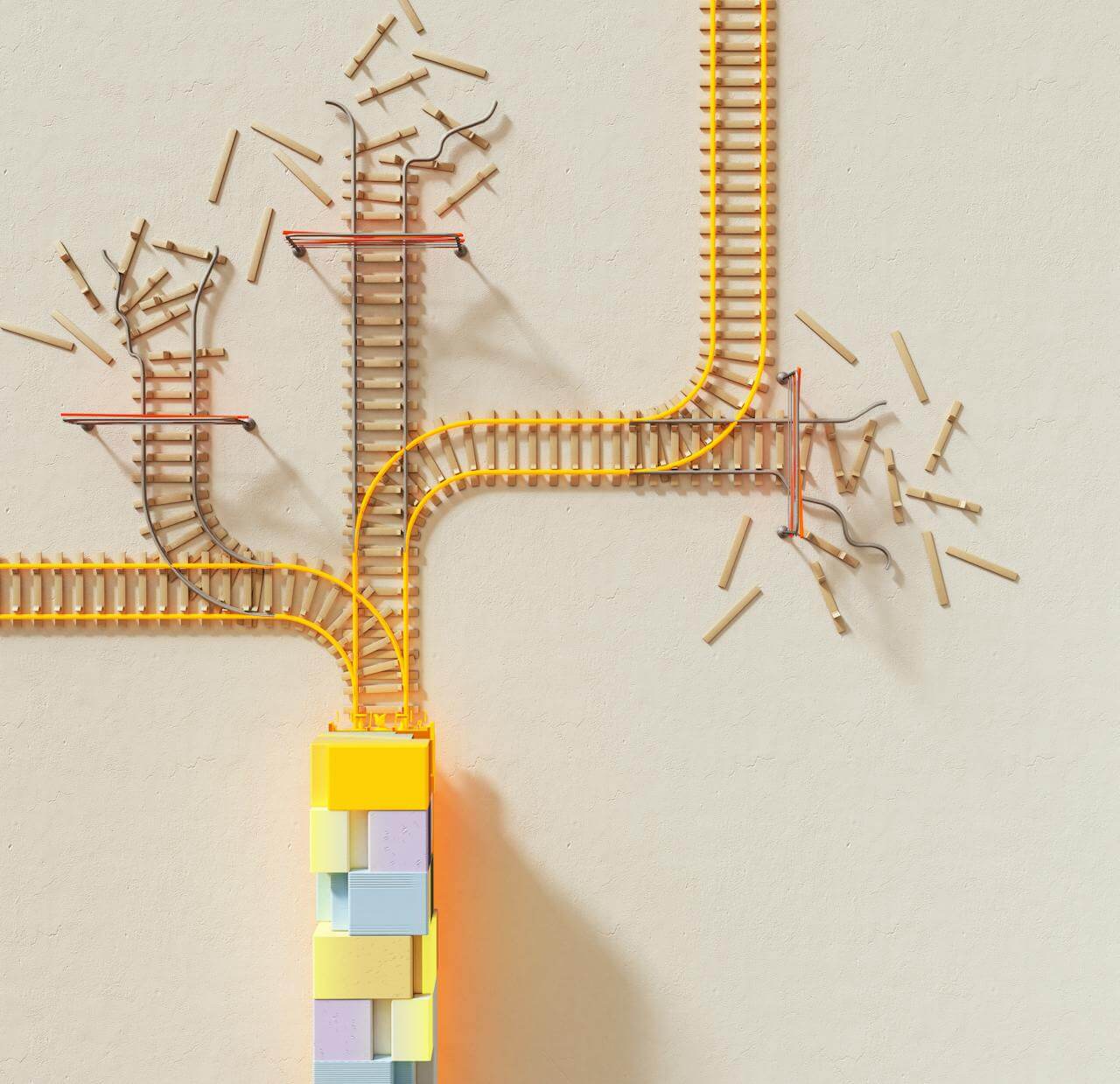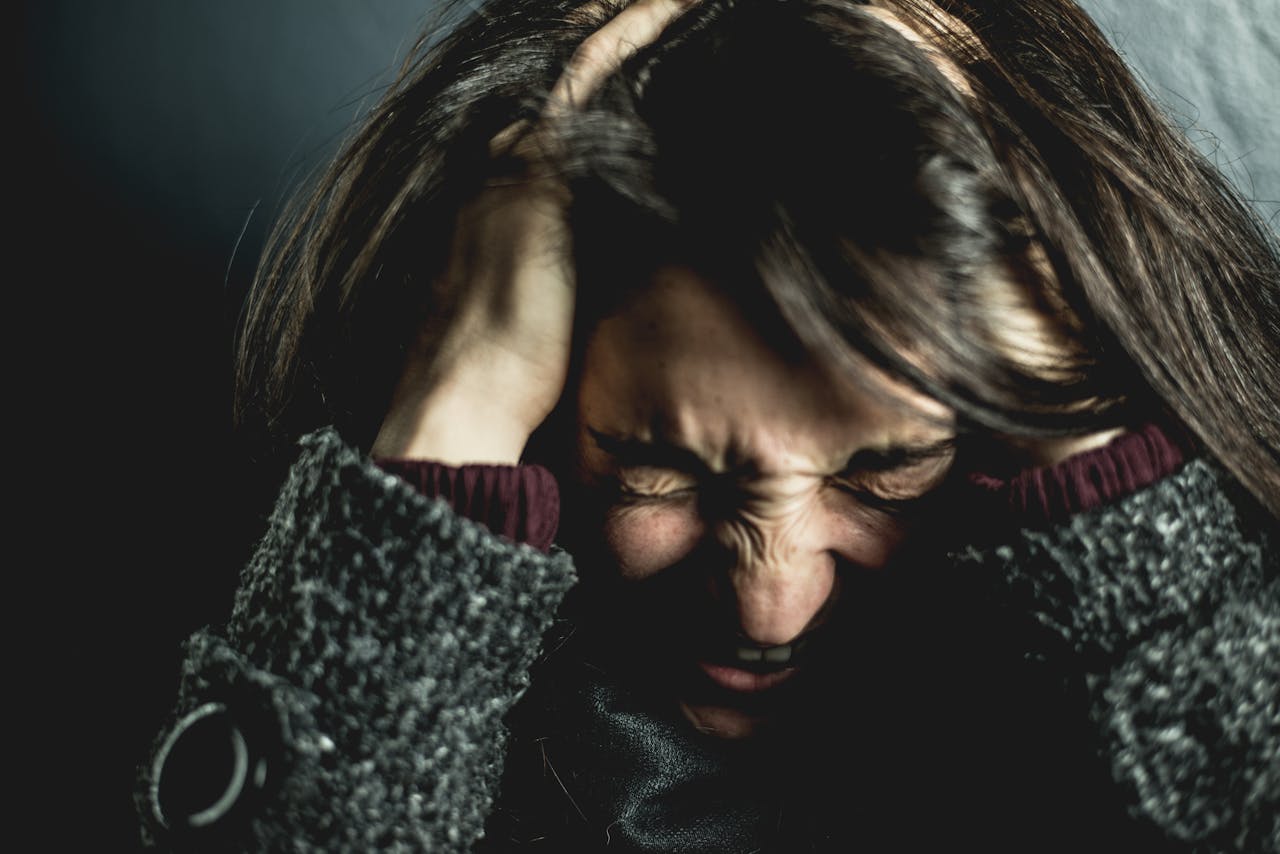
The above Tweet notoriously started ‘Avagate.’ Read more about Ava, the Geneva Convention, and the end of classroom injustice
Featured News
What is collective punishment?
When a group of people are punished for the actions of an individual(s), this is collective punishment.
In schools, this might look like a class losing recess because one student disrupted the lesson, or a sports team’s game being cancelled because a few members broke the rules. While often intended as a way to promote accountability, collective punishment ultimately fails to achieve this goal and can cause significant harm.
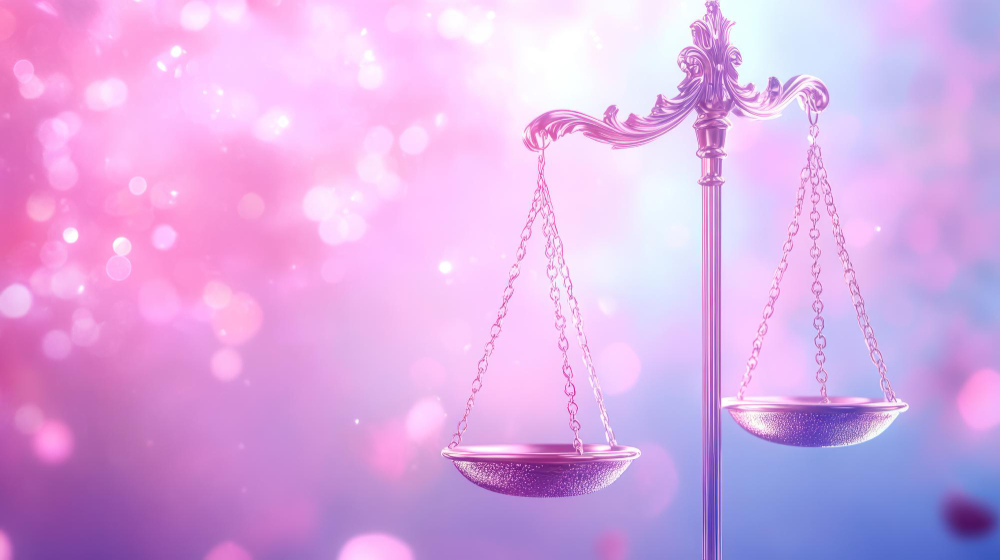
Ineffective
Collective punishment is not evidence-based and does not effectively improve behaviour. Research shows that targeted, restorative approaches to individual behaviour lead to better outcomes for everyone. Punishing an entire group fails to teach accountability and damages trust between educators and students.

Bullying
Collective punishment is bullying by adults. It creates fear and resentment while teaching students that scapegoating and control through intimidation are acceptable. This damages trust and undermines fairness.

Discriminatory
Collective punishment often worsens the struggles of students already facing barriers to education. Children with disabilities, neurodivergent students, or those with anxiety or behavioural challenges are particularly vulnerable. It adds to their burden by shaming them for difficulties like impulse control or executive function—challenges they’re already working hard to overcome.
What are some examples of collective punishment
Collective punishment has never been a neutral disciplinary tool. It is a technique of domination—used across centuries and continents to suppress resistance, enforce conformity, and strip communities of agency. From the Roman legions to Canadian residential schools, it has appeared in different forms but followed the same logic: when one person disobeys, all must suffer. This practice is not rooted in care. It is rooted in control.
What needs to change?
Collective punishment persists because of systemic gaps in policy, accountability, and support for educators, but meaningful change is possible with clear actions.

Policies
School districts must adopt clear policies that explicitly prohibit collective punishment in all forms. These policies should define what constitutes collective punishment, provide examples, and outline acceptable alternatives, ensuring educators understand its harm and have the tools to implement evidence-based practices instead.

Training
Educators and administrators need training in restorative practices and other evidence-based approaches to discipline. These practices should focus on supporting students’ diverse needs, particularly for children with disabilities or behavioural challenges, rather than relying on punitive, one-size-fits-all measures like collective punishment. Schools must prioritize inclusion, fostering trust and fairness over compliance.

Oversight
Even when fairness and individualised discipline are emphasised in district Codes of Conduct, there is often a lack of oversight to ensure these principles are upheld. Disciplinary decisions are frequently protected under administrative discretion, leaving little recourse for parents and students. Transparent monitoring and clear reporting systems are essential to hold schools accountable.
The impact
Collective punishment has harmed many students in British Columbia. These are some stories of the stories of systemic failure in our education system.

